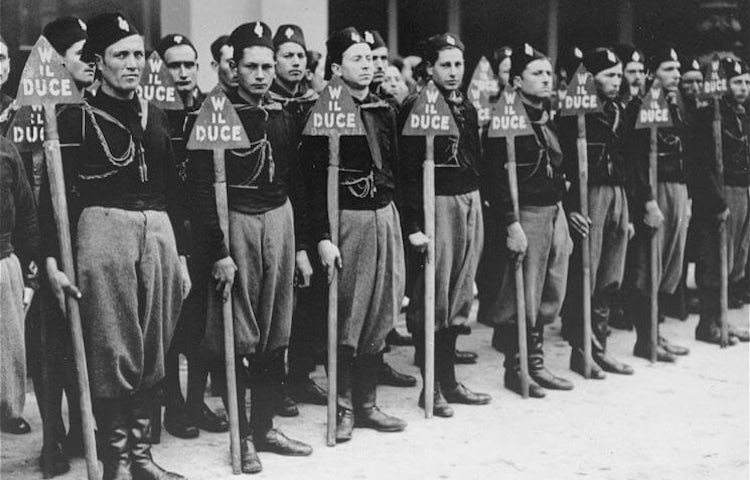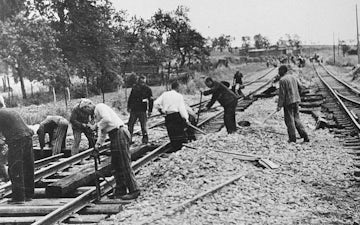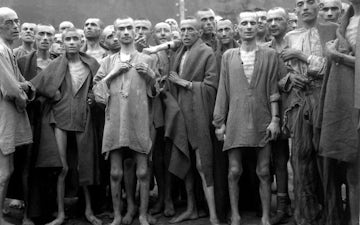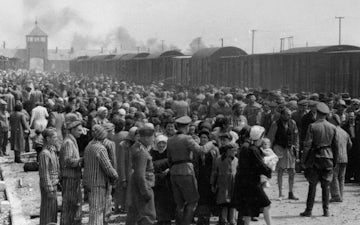
Antisemitism existed in every country of Europe to some degree. The Nazis’ version of antisemitism, however, combined three basic strains of anti-Jewish belief: traditional Christian antisemitism; economic and national opposition to Jewish emancipation and social integration; and a racial antisemitism based on conceptions of “blood”. The persistence of these beliefs partially accounts for the imposition of anti-Jewish laws in Hungary before the German invasion of 1944, the antisemitic policies of pre-war Polish governments, and the willingness of Western European officialdom to identify and concentrate Jews for deportation.
Christian teaching had for centuries depicted the Jews as “Christ-killers” who refused to hear the “truth” of the Gospel. Jews were barred from public office and physically attacked and killed. Pogroms were common, especially at Easter when the story of the Crucifixion (and a return to drinking after abstaining during Lent) was often the spark for rioting. Protestantism carried the hatred of Jews forward through the Reformation: Martin Luther railed against the Jews and their “blindness, and raging heart”.
The frequent coincidence of Easter with Passover made Jews easily identifiable: over the centuries, the blood libel emerged, claiming Jews abducted Christian children and used their blood to make matza.
The riots in York in 1190 were typical of violence against Jews in the period of the Crusades. In 1290, Edward I expelled all Jews from England: they were not to return until the seventeenth century. Many other countries followed suit over the next few centuries. Christian antisemitism was widespread in the towns and villages of Eastern Europe invaded by the Nazis in 1939-41, especially in the nineteenth-century Russian Empire.
With the Enlightenment, a new form of anti-Jewish hatred emerged. Jews in Europe in the medieval period were forced into areas where they were forced to live, known as ghettos. As religious belief started to be replaced with beliefs about universal humanity and rights, many Jewish communities were let out of the ghettos and started to live and work among the non-Jewish population. The literary culture of Judaism, combined with the ways that Jews had been forced into certain occupations such as money-lending, made Jews very well-equipped to prosper in the modern era and this aroused resentment. Combined with the Jews’ continued reluctance to fully assimilate, the era of nationalism viewed their success and transnational identity with suspicion. As Jews acquired political influence with the right to vote in many Western European nations, this led to fear and hatred.
Both of the existing currents of Jew-hatred combined in the nineteenth-century with prevalent beliefs about biological “racial” difference and the idea of Social Darwinism – the belief that only strong and pure nations would survive, and that sterilisation and even murder of the “unfit” was a route to this. Modern antisemitism viewed Jews as possessing foreign and highly questionable loyalties to their nation-states.
The mayor of pre-WW1 Vienna, Karl Lueger, was a particular advocate of this type of antisemitism, and almost certainly influenced the younger Adolf Hitler during his time in Vienna.
Nazi antisemitism as set out by Hitler in Mein Kampf and the propaganda of the Third Reich drew on all of these elements. The Holocaust was carried out by individuals from across Europe influenced by some or all of these beliefs.





